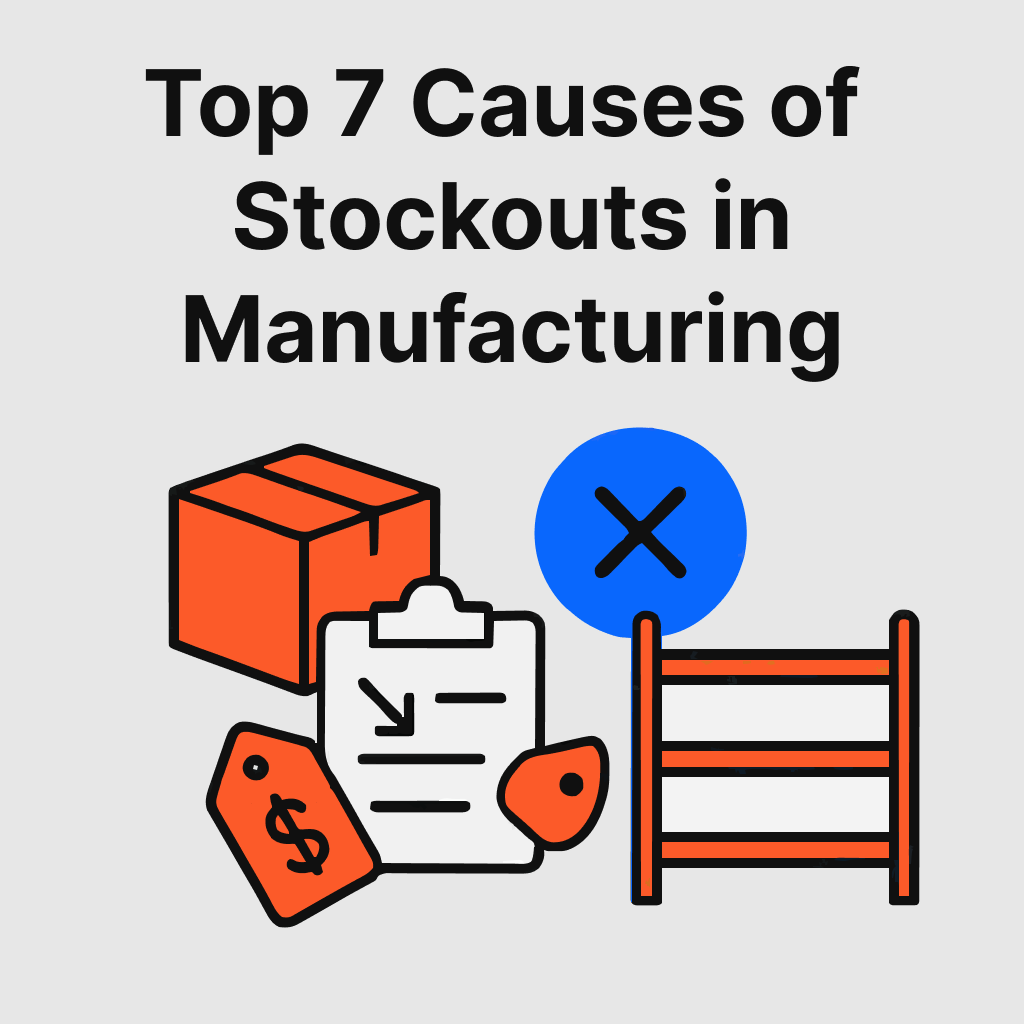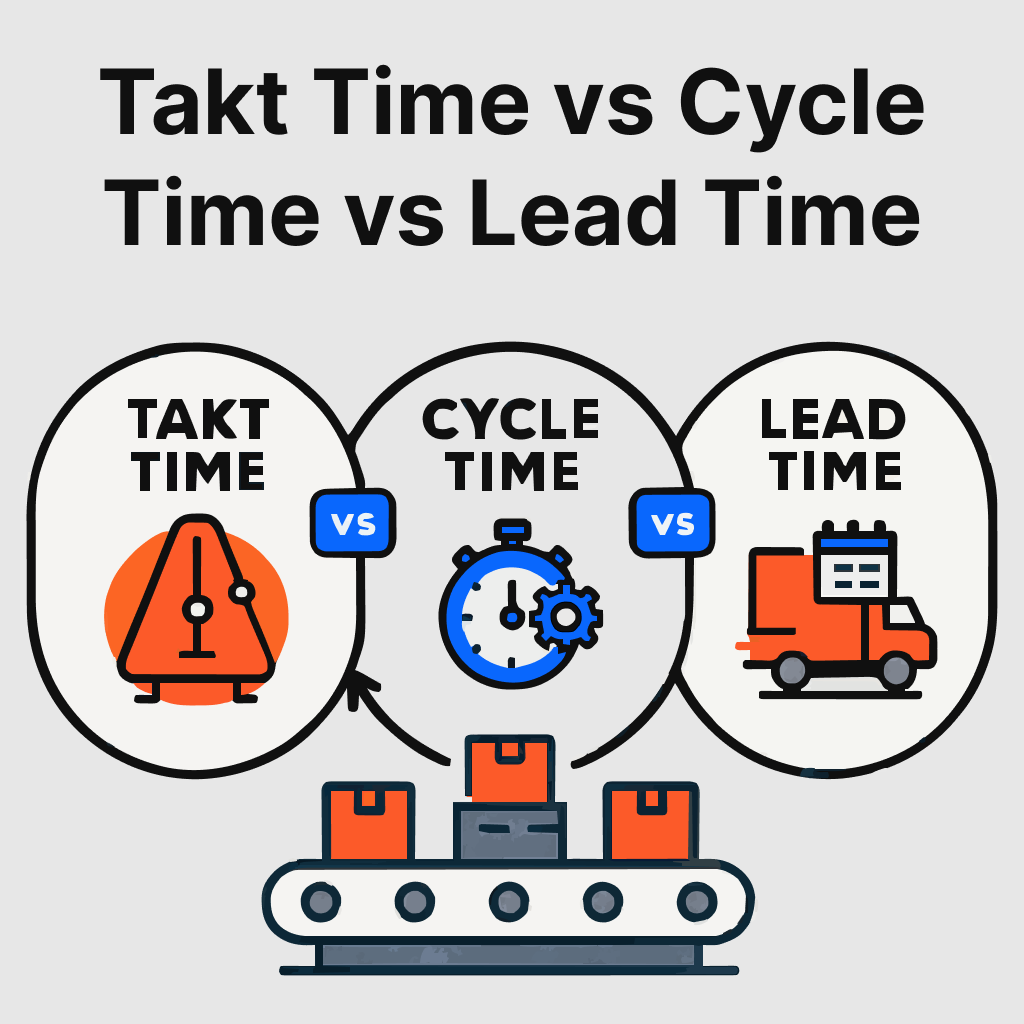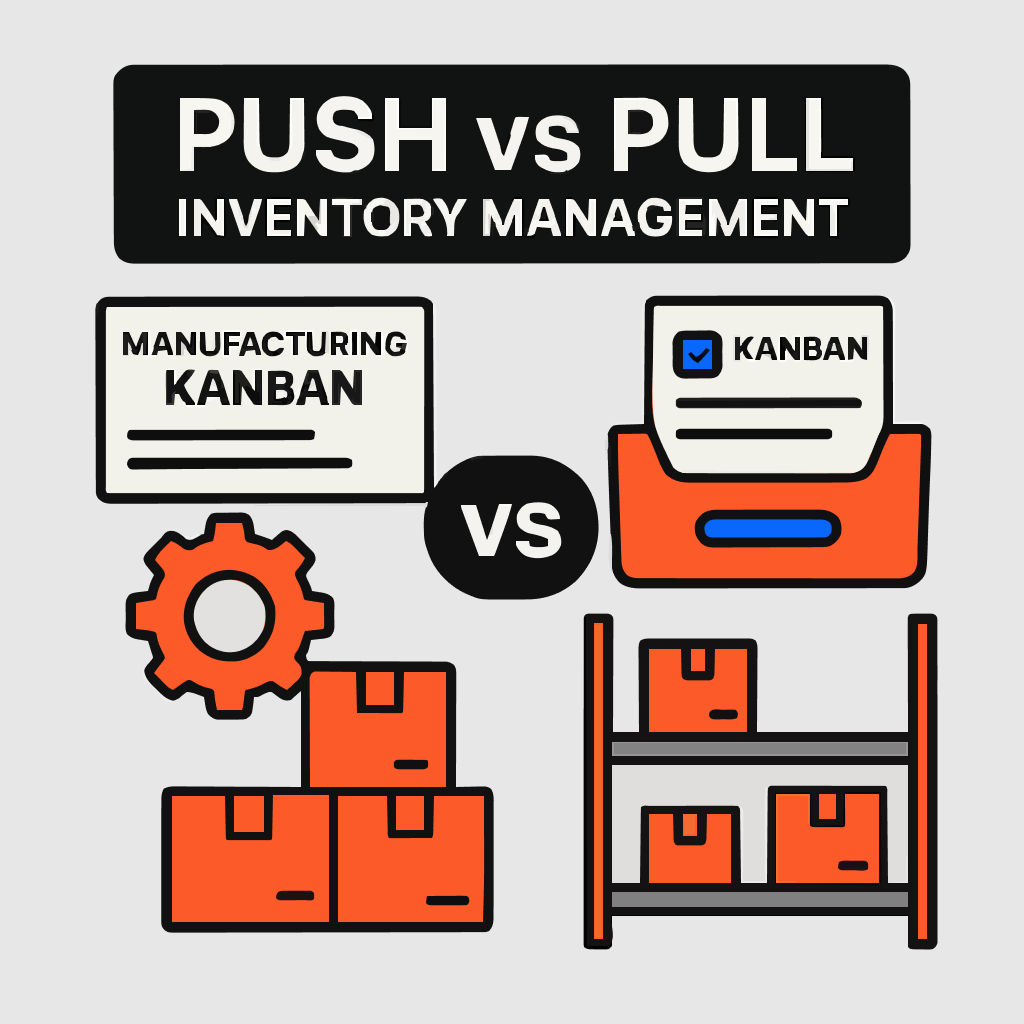Imagine your production line suddenly stopping because a critical component is missing. Orders pile up, customers grow frustrated, and your team scrambles for expedited shipping solutions costing thousands per hour. This scenario unfolds daily in manufacturing facilities worldwide, but here's the encouraging truth: these causes of stockouts represent incredible opportunities for operational transformation.
Research reveals that stockouts cost manufacturers an average of 8% of annual revenues, stockout-related downtime can cost approximately $260,000 per hour, while specific sectors like automotive can see downtime costs as high as $2.3 million per hour. In addition, stockouts harm customer retention: 91% of customers are less likely to return after encountering stockouts.
This guide explores the seven most common causes of stockouts and reveals practical solutions that help you build responsive, reliable manufacturing operations.
1. Inaccurate Demand Forecasting Creates Supply-Demand Mismatches
Traditional forecasting methods, while valuable for strategic planning, often struggle with the daily volatility of actual customer demand. Companies adopting responsive forecasting methods see a 20-50% reduction in forecast errors, yet many organizations still rely on static predictions that can't adapt to rapid market changes.
Manufacturing environments amplify these forecasting challenges because small prediction errors compound throughout your supply chain. A 10% weekly demand error easily translates into 30% higher stockout risk when combined with supplier delays and internal production variability. Market conditions shift rapidly, customer preferences evolve unexpectedly, and even sophisticated statistical models struggle to capture every variable that influences real demand.
Solution: Implementing Pull-Based Replenishment Systems
Instead of perfecting imperfect forecasts, successful manufacturers are discovering the power of pull systems that respond to actual consumption. This approach transforms your inventory management mindset from "what we predict we'll need" to "what we actually need based on real usage."
Start with a simple two-bin Kanban system for your highest-volume components. When operators empty the first bin, it creates an immediate visual signal for replenishment. This feedback loop ensures ordering happens based on genuine usage patterns rather than theoretical predictions. For more sophisticated operations, Kanban cards representing specific material quantities create clear visual triggers throughout your entire production flow.
The breakthrough insight is that safety stock in Kanban systems becomes a responsive tool that automatically adjusts to actual demand patterns. Rather than static safety stock calculations based on historical averages, your buffer inventory adapts continuously to real consumption rates and supplier performance.
2. Poor Inventory Management & Inaccurate Data Destroys Trust
Nothing undermines confidence in your inventory system quite like discovering your ERP shows 500 units available while the physical shelf sits empty. Current research reveals that 58% of retailers and direct-to-consumer brands report inventory accuracy below 80%. In manufacturing, poor inventory accuracy creates dangerous "phantom inventory" situations that trigger cascading stockouts and production disruptions.
These accuracy problems typically stem from poor transaction discipline, misplaced materials, delayed system updates or incorrect cycle counts. When your team loses trust in digital inventory data, they naturally start hoarding materials or ordering excessive quantities "just in case," which ironically creates the very inefficiencies you're trying to avoid.
The Solution: Visualizing Your Entire Workflow
The most effective approach to eliminating inventory accuracy issues involves making your workflow visible to everyone involved.
Physical Kanban cards or bins create an immediate visual connection between actual on-hand quantities and system records. When operators take the last component from a designated area, the empty space becomes an unmistakable replenishment signal. This visual clarity eliminates guesswork and ensures everyone sees the same accurate picture of material availability.
For higher-volume environments, digital systems automatically update inventory levels when cards are scanned, maintaining perfect synchronization between physical reality and digital records. This approach naturally improves inventory accuracy because visual systems make discrepancies immediately obvious to everyone in the workflow.
3. Unreliable Supplier Performance & Lead Time Variability
Your production schedule relies entirely on your supplier network's reliability. When external partners deliver late, ship incorrect quantities, or provide substandard quality, the ripple effects can halt entire production lines.
Lead time variability proves particularly damaging because it's difficult to predict accurately. A supplier might deliver on schedule 80% of the time, but that 20% variability can cause significant stockouts without proper safety stock management through responsive systems.
The Solution: Extending Kanban Systems to Your Supply Partners
Transform supplier relationships by extending your Kanban system beyond your facility walls. Supplier Kanban creates collaborative partnerships where key vendors gain direct visibility into your real-time consumption patterns and inventory needs.
Instead of relying on forecasts and traditional purchase orders, suppliers receive immediate signals when your inventory reaches predetermined reorder points. This transparency enables them to be proactive rather than reactive, often resulting in shorter, more reliable lead times.
Digital systems can automatically send replenishment signals to suppliers when specific inventory thresholds are reached, creating true just-in-time relationships that reduce both lead times and the safety stock quantities needed to buffer against supplier variability. When determining how to calculate safety stock for supplier-dependent items, this real-time visibility significantly reduces required buffer quantities.
4. Production Downtime & Manufacturing Holdups Create Downstream Shortages
Equipment failures don't just stop individual processes – they create stockouts of finished goods that cascade through your entire supply chain and result in production downtime. When critical machinery goes down, work-in-process inventory gets trapped at bottlenecks, creating shortages downstream even when raw materials remain plentiful.
Quality issues compound these challenges exponentially. Rejected batches waste materials and create time delays affecting subsequent processes. Labor shortages, extended setup times, and unexpected maintenance requirements all contribute to unpredictable internal lead times that traditional planning systems struggle to accommodate.
The Solution: Making Bottlenecks Visible Before They Become Critical
A well-designed Kanban system makes production problems visible before they become critical shortages. When work-in-process cards consistently accumulate at particular workstations, it provides clear visual indication that intervention is needed – whether for maintenance, materials, training, or additional capacity.
This early warning capability allows managers to address problems proactively rather than reactively. Instead of discovering stockouts after production has already stopped, the visual buildup of Kanban cards provides advanced notice that corrective action is required.
For critical processes, you can implement specific safety stock levels between operations to buffer against internal variability while maintaining lean principles. The visual nature of the system makes it easy to spot when these buffers are being consumed, triggering appropriate management responses.
%201.svg)








.svg)














.svg)
.svg)

.svg)